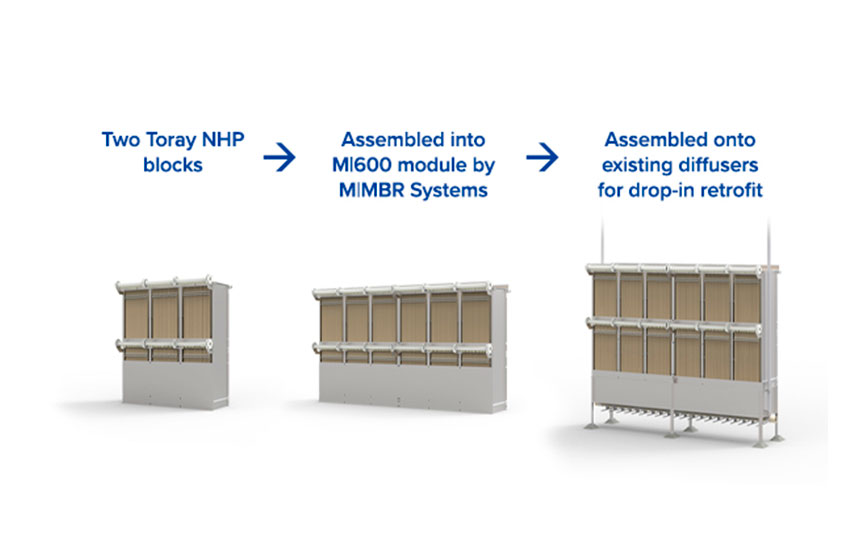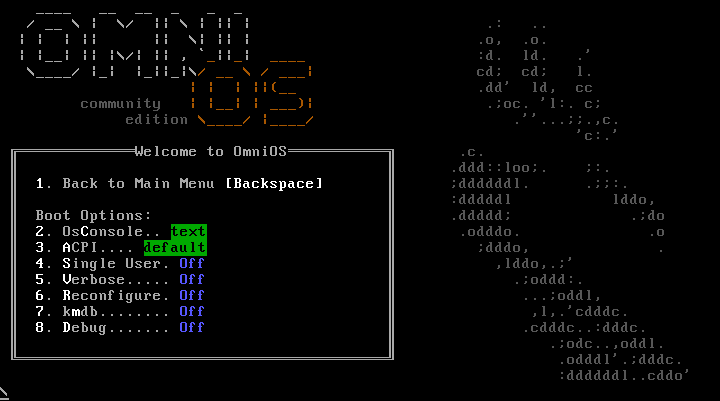


We need Bochs as no break points are provided on the course of these steps. MBR, VBR, Ntldr (Real-Mode) and Bootmgr (Real-Mode) I will discuss each stage except for BIOS (POST) and Ntoskrnl.exe.īIOS (POST) -> MBR -> VBR -> Ntldr (Real-Mode) -> Ntldr (Protected-Mode) -> Ntoskrnl.exeīIOS (POST) -> MBR -> VBR -> Bootmgr (Real-Mode) -> Bootmgr (Protected-Mode) -> Winload.exe -> Ntoskrnl.exe Here are boot processes of BIOS based Windows XP and Windows 7 systems. So as a note for me, I wrote down how to build a bootkit debugging environment as well as how to configure Windows in order to attach a debugger at some early uncommon boot stages. It has been a fun exercise, but I had to struggle for setting up the environment before that as I could not find a page explains these steps. Recently, I have spent some time for reverse engineering bootkit.

Found a nice little tut i wanted to share.


 0 kommentar(er)
0 kommentar(er)
